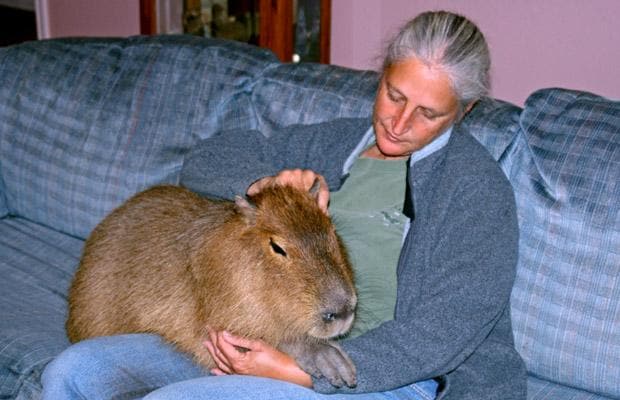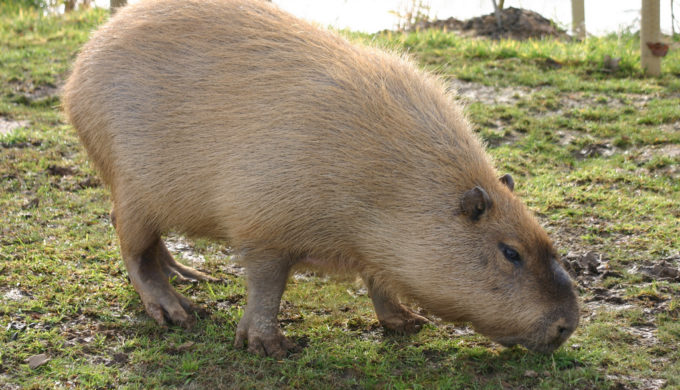The World's Biggest Hamster: Exploring the Fascinating World of Giant Hamsters
Hamsters are popular pets known for their small size and adorable appearance. However, did you know that there are giant hamsters that dwarf their smaller counterparts? In this article, we will delve into the world of the world's biggest hamster, exploring their characteristics, habitats, and the fascination they hold for hamster enthusiasts worldwide.
1. Meet the World's Biggest Hamster:
The world's biggest hamster is known as the European Hamster, or Cricetus cricetus. This species is renowned for its impressive size, with adult individuals reaching lengths of up to 13 inches (33 cm) and weighing around 9-14 ounces (250-400 grams). Compared to the typical pet hamster, which is usually around 5-7 inches long, the European Hamster truly stands out.

Biggest Hamster
2. Habitat and Distribution:
The European Hamster is native to Europe, primarily found in the grasslands and agricultural areas of Central and Eastern Europe. They typically inhabit burrows dug in fertile soil, where they create complex underground networks. These burrows provide shelter and protection for the hamsters, allowing them to live in their natural habitat.
3. Physical Characteristics:
The world's biggest hamster possesses distinct physical features. They have a stout and robust body, with short legs and a broad head. Their fur is dense and usually exhibits a gray-brown coloration, blending well with their natural surroundings. European Hamsters also have relatively large cheek pouches, which they use to transport food and nesting materials.
4. Diet and Feeding Habits:
European Hamsters are primarily herbivorous, feeding on a variety of plant materials. Their diet consists of seeds, grains, vegetables, and even some insects. These hamsters have specialized cheek pouches that allow them to gather and store large quantities of food, which they bring back to their burrows for consumption.

Biggest Hamster
5. Reproduction and Lifecycle:
The breeding season for European Hamsters typically occurs between April and August. Females give birth to litters of 4 to 15 pups after a gestation period of around 18 to 20 days. The newborns are blind and hairless at birth but quickly develop and grow under the care of their mother. The young hamsters become independent and reach sexual maturity at around 3 to 4 months of age.
6. Conservation Status:
Despite their impressive size, the European Hamster faces conservation challenges. Their population has been declining due to habitat loss, intensive agriculture, and changes in land use practices. They are currently listed as "Endangered" on the IUCN Red List of Threatened Species. Efforts are being made to protect their natural habitat and implement conservation strategies to ensure the survival of this remarkable species.
7. Pet Considerations:
While the European Hamster is fascinating, it's important to note that they are not suitable as pets due to their large size and specific environmental needs. The typical pet hamsters, such as Syrian or Dwarf hamsters, are better options for those looking to have a hamster companion in their homes.
8. Fascination and Curiosity:
The world's biggest hamster, the European Hamster, captivates the imagination of hamster enthusiasts and animal lovers alike. Its impressive size, unique habitat, and conservation challenges contribute to its fascination. Researchers and conservationists continue to study and work towards preserving this remarkable creature for future generations to appreciate.
The world's biggest hamster, the European Hamster, stands out with its impressive size and distinct features. Found in Europe, this species captivates the fascination of hamster enthusiasts and researchers alike. As efforts continue to conserve and protect their habitat, the European Hamster serves as a reminder of the diversity and wonder of the animal kingdom.